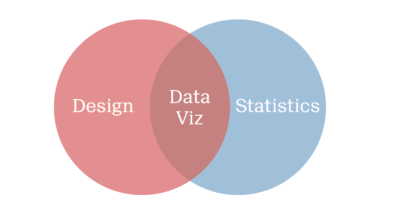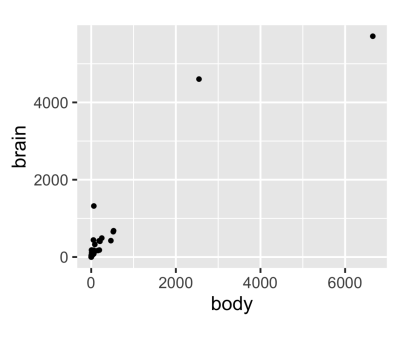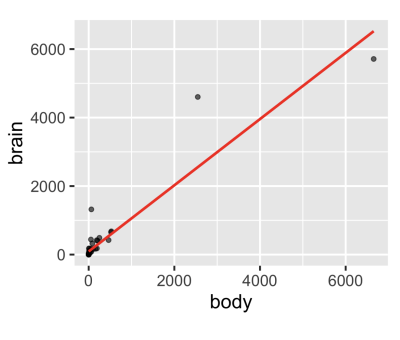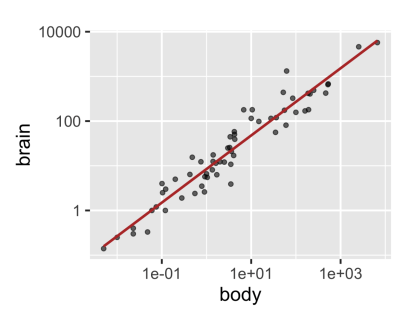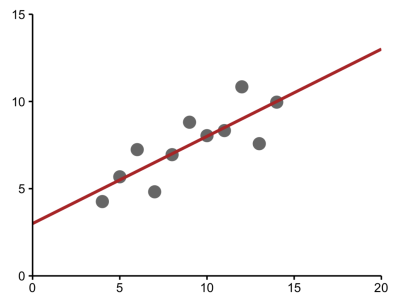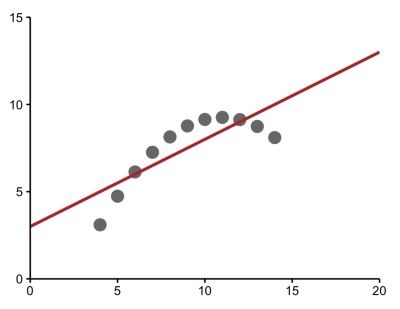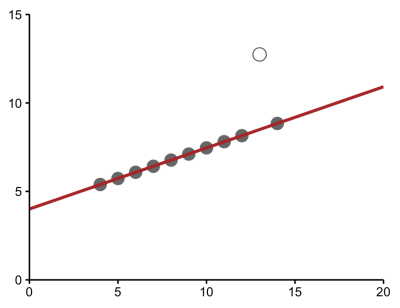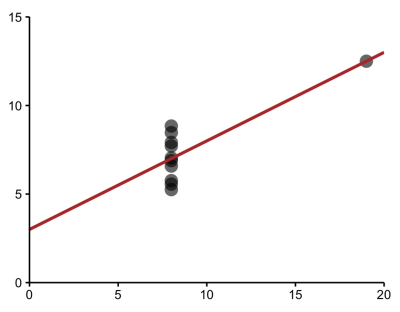Course
Graphics with ggplot2 Tutorial
Data visualization is an essential skill for data scientists. It combines statistics and design in meaningful and appropriate ways.
Sep 2020 · 6 min read
Related Courses
4 hr
42.9K
Course
Introduction to Data Visualization with ggplot2
4 hr
132.8K
Course
Understanding Data Visualization
2 hr
170.8K
See More
RelatedSee MoreSee More
tutorial
Merging Data in R
Merging data is a common task in data analysis, especially when working with large datasets. The merge function in R is a powerful tool that allows you to combine two or more datasets based on shared variables.
DataCamp Team
4 min
tutorial
Scatterplot in R
Learn how to create a scatterplot in R. The basic function is plot(x, y), where x and y are numeric vectors denoting the (x,y) points to plot.
DataCamp Team
tutorial
Operators in R
Learn how to use arithmetic and logical operators in R. These binary operators work on vectors, matrices, and scalars.
DataCamp Team
4 min
tutorial
Axes and labels in R
Improve your graphs in R with titles, text annotations, labelling of points, minor tick marks, reference lines, custom axes, and a chart legend.
DataCamp Team
4 min
tutorial
How to Transpose a Matrix in R: A Quick Tutorial
Learn three methods to transpose a matrix in R in this quick tutorial
Adel Nehme
